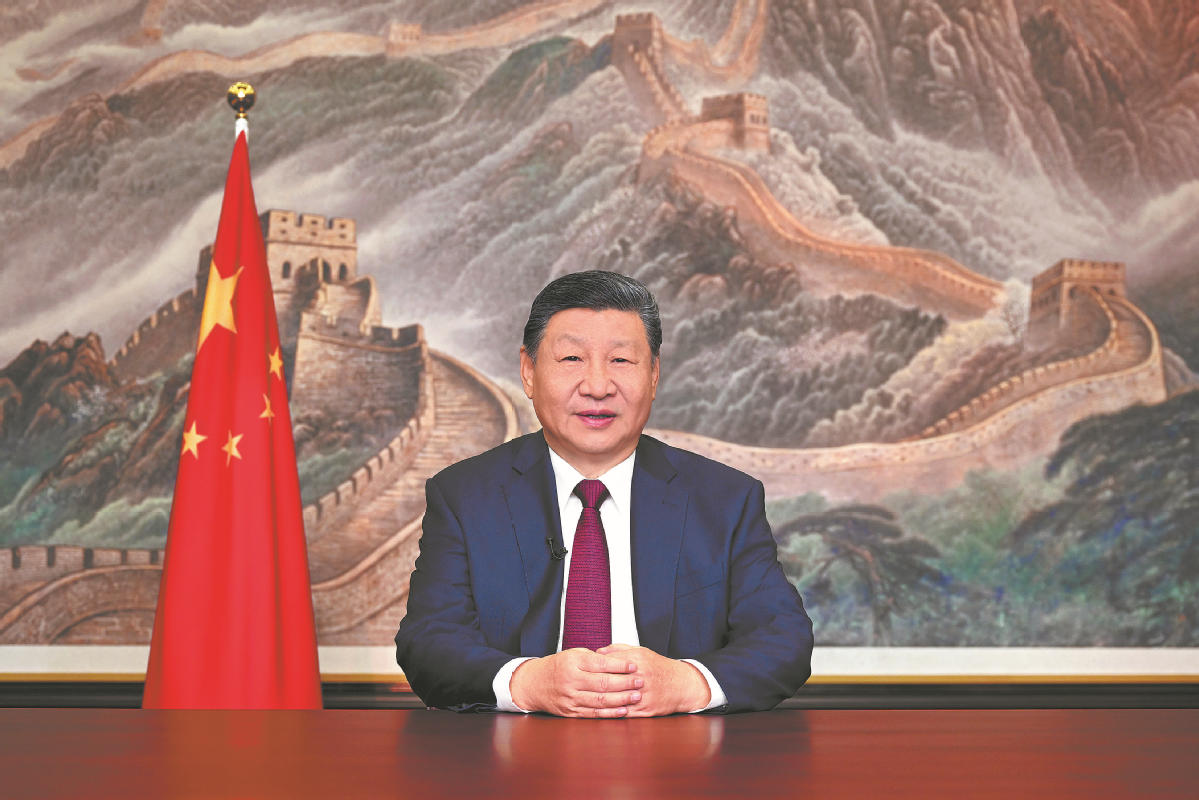Electronic music gets jolt of good vibes
Composer injects fun and familiarity into a genre often known to be abstract and obscure
By CHEN NAN | China Daily | Updated: 2021-06-05 10:18

In 1988, Zhang Xiaofu landed an opportunity to study music in Paris. After a month of learning French, the teacher from Beijing's Central Conservatory of Music embarked on his journey to France.
As he had planned, Zhang learned composition in Paris, continuing his classical music studies. But it was not until 1991 that Zhang began studying electronic music-a total foreign form of music to him.
"The first time I listened to electronic music, I felt overwhelmed because it's a totally different form from classical music," Zhang says. "For a composer, electronic music offers a broader vision for writing music, or let's say creating sounds."
He then began listening to the works of pioneering electronic music composers, and spent as much time as possible learning to use the equipment in the studio. Then, he started to think about creating music with sounds from his home country.
"I've listened to a large number of works by French electronic music composers, which are full of abstract sounds with or without order. What about using sounds which are from China?" he says.
Zhang had traveled to the Xizang autonomous region with his students in 1984 to collect music materials. He brought those materials and sound recordings of Xizang with him to Paris. Recordings included rotating prayer wheels in the hands of devout Buddhists, wind blowing the prayer flags, children singing and Buddhist chants.
Nuorilang marked the beginning of new work Zhang composed, and it premiered in Paris in 1996. The piece was inspired by Zhang's trip to Nuorilang Waterfalls in the Jiuzhaigou scenic area in Sichuan province, and there has since been more than 10 versions of it. The piece then evolved into a multimedia symphony in 2016, and was staged in Beijing.
























